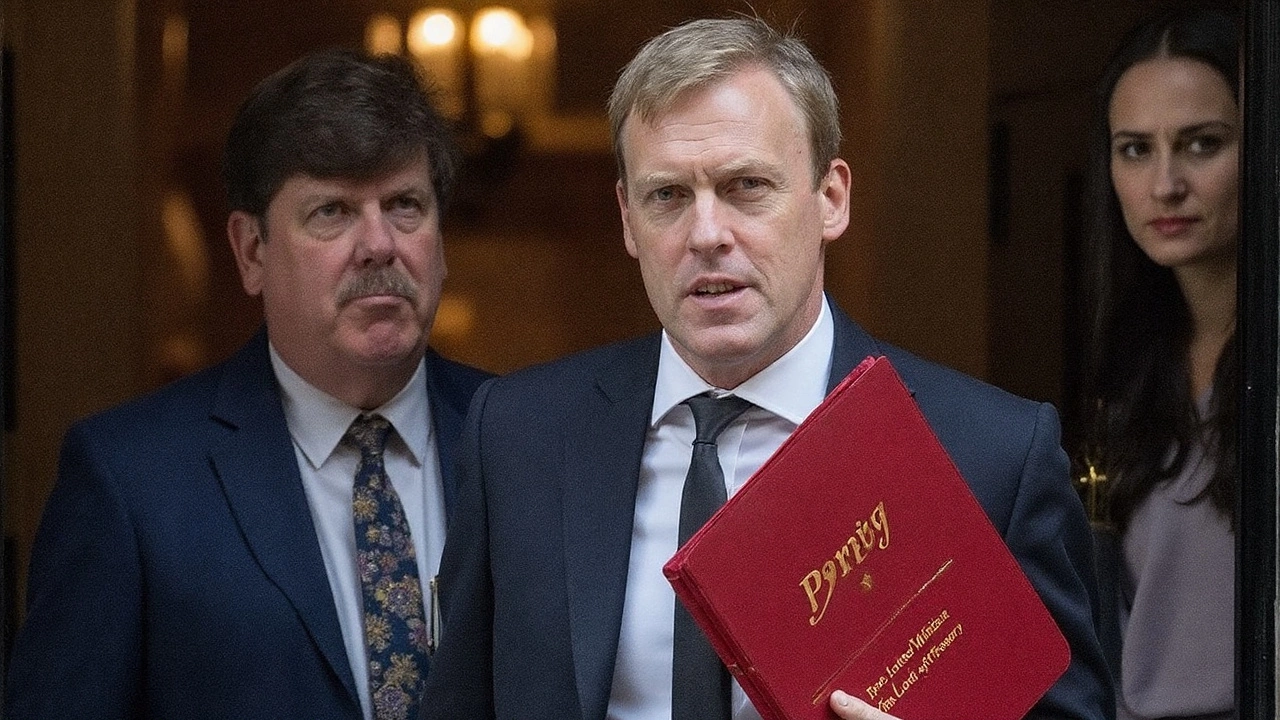UK Cabinet Explained: Who’s Who and What They Do
If you ever watch the news and hear "the Cabinet" mentioned, you might wonder who these people are and why their choices matter. In plain terms, the UK Cabinet is a small group of senior politicians chosen by the Prime Minister to run the country’s most important departments. They meet regularly to discuss big‑picture policies, make quick decisions, and coordinate the work of their ministries.
Think of the Cabinet as the engine room of the British government. While Parliament debates laws, the Cabinet decides how those laws will be put into practice. Every major government action – from health reforms to defence spending – passes through this room. That’s why understanding the Cabinet helps you see why certain policies appear on the front page.
What Is the UK Cabinet?
The Cabinet is not a permanent institution like Parliament. Its size and composition shift whenever a new Prime Minister takes office or when a reshuffle happens. Traditionally, it includes about 20 to 25 members, each heading a government department such as the Treasury, Foreign Office, or Home Office. Some positions, like the Chancellor of the Exchequer or the Foreign Secretary, are always in the Cabinet because they control key areas of the economy and foreign affairs.
Members are called "Cabinet ministers" and they are usually MPs (Members of Parliament) or, in rare cases, members of the House of Lords. They must be loyal to the Prime Minister, because the Prime Minister decides who stays and who goes. If a minister loses the Prime Minister’s confidence, they can be dismissed at any time.
Cabinet meetings are private, and minutes are not published. This secrecy lets ministers speak freely and test ideas without media pressure. However, the outcomes of those meetings often become public through official statements or policy announcements.
Key Roles and Current Members
The most visible role is the Prime Minister, who chairs the Cabinet and sets the agenda. Below the Prime Minister, the Chancellor of the Exchequer handles the budget, taxes, and overall economic strategy. The Foreign Secretary manages diplomatic relations and international trade, while the Home Secretary looks after policing, immigration, and national security.
Other essential roles include the Defence Secretary, who oversees the armed forces; the Education Secretary, who shapes schools and universities; and the Health Secretary, who directs the NHS and public health policy. Each minister brings expertise from their department and contributes to collective decisions.Because the Cabinet changes with elections or reshuffles, it’s useful to check the latest government website for the current list of ministers. Knowing who holds each post helps you understand why certain policies move forward and who to watch during parliamentary debates.
In summary, the UK Cabinet is a compact team of senior politicians who turn political ideas into real‑world actions. Their meetings drive the direction of the country, from budgeting to foreign policy. Keeping an eye on Cabinet appointments gives you a clearer picture of the government’s priorities and where future changes might come from.
Keir Starmer reshuffle: Rayner’s exit triggers sweeping reset of top team
Angela Rayner’s resignation over an underpaid stamp duty bill set off a sweeping reshuffle by Sir Keir Starmer. David Lammy shifts to justice secretary and becomes deputy PM. Pat McFadden gets a new growth-focused super-department. Rachel Reeves stays as Chancellor, Ed Miliband keeps Net Zero. The shake-up moves 12 ministers and ousts two, with a Labour deputy leadership contest now looming.
